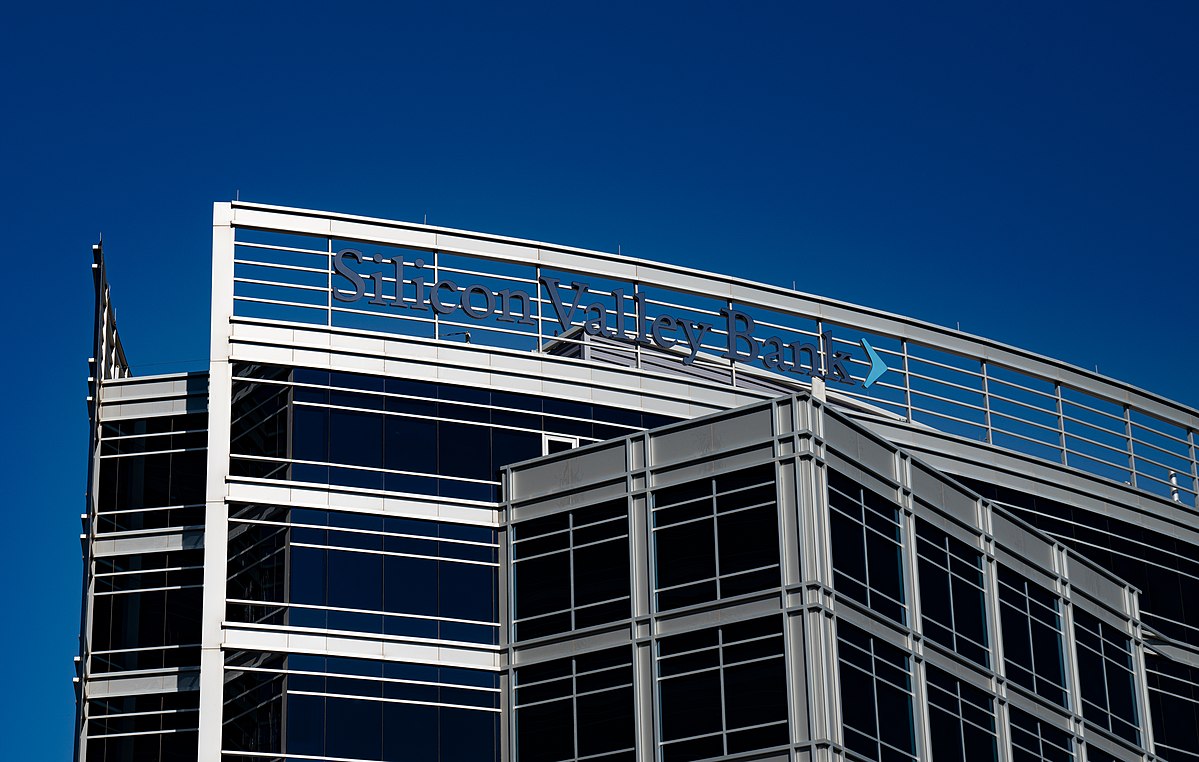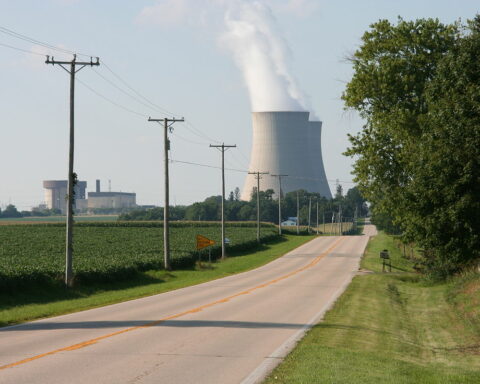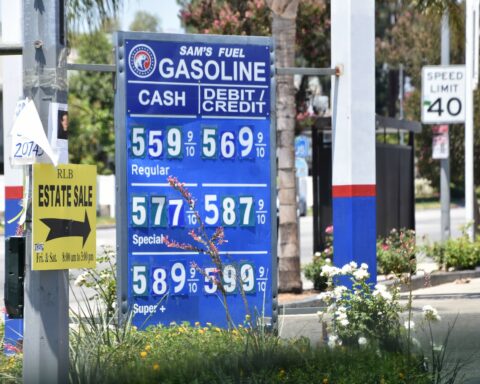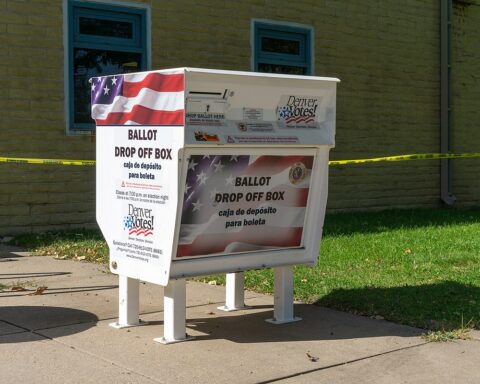Silicon Valley Bank, the sixteenth largest bank in the United States and lender to many prominent technology companies, became the largest bank to fail since 2008. Here are the key factors in this developing situation.
Where’s the Money?
Silicon Valley Bank was a popular choice for tech industry startups due to its lending policies. It would do business with startups based on their ability to raise venture capital instead of owned assets or cash flow, which is the safer strategy large banks use to underwrite traditional corporate loans.
SVB, like other banks, kept only a small amount of its customer deposits on hand. It invested the rest in order to earn a large return, in this case buying a huge amount of bonds over a year ago.
That scheme worked well until the Federal Reserve started to raise interest rates in response to inflation. As inflation soared, investor funds ran low, so the bank’s customers began to withdraw their money.
To pay for the sudden influx of withdrawals, SVB sold a portion of its investments at a loss. In a shock statement on Wednesday, the bank disclosed it lost nearly $2 billion.
Regulators Move In
Despite SVB’s best efforts to head off a bank run, that’s precisely what happened. Late Wednesday night, its parent company announced it would launch a stock sale to make up for its losses on the bonds.
SVB stock plummeted nearly 40% as the news spooked investors and depositors. By Thursday, it was down another 60% and after-hours headlines about firms pulling their funds sparked the apparent bank run that sealed SVB’s fate.
California Department of Financial Protection and Innovation officially pulled the plug on Friday. It appointed the Federal Deposit Insurance Corporation as the receiver, which promptly created a new bank to hold the deposits and assets of the now-failed SVB.
In a press release, the FDIC assured that insured amounts (up to $250,000) would be available by Monday morning. It also said SVB’s branches would reopen on that date.
What’s Next?
The majority of the bank’s deposits appear to be uninsured. That leaves much of the tech startup industry, which has already seen major layoffs, at risk of not making its upcoming payroll.
Some spectators are calling for a bailout.
“If the Fed doesn’t nip the bank run in the bud, regional banks will be decimated, and all that will be left is the biggest banks. You know, the “too big to fail” ones. This will not help the little guy,” venture capitalist David Sacks tweeted.
“…it is a timely reminder that when the Fed is singularly focused on squeezing inflation by jacking up interest rates — it often ends up breaking things,” Capital Economics, an independent analysis firm, wrote in a client note.
With inflation still high, the Fed is expected to continue raising rates.
“If the Fed keeps jacking up rates, it’s going to exacerbate the situation,” said Bert Ely, a veteran banking industry consultant. “I have a feeling [SVB] is not the only one out there.”










Ya. Socialism for the rich.